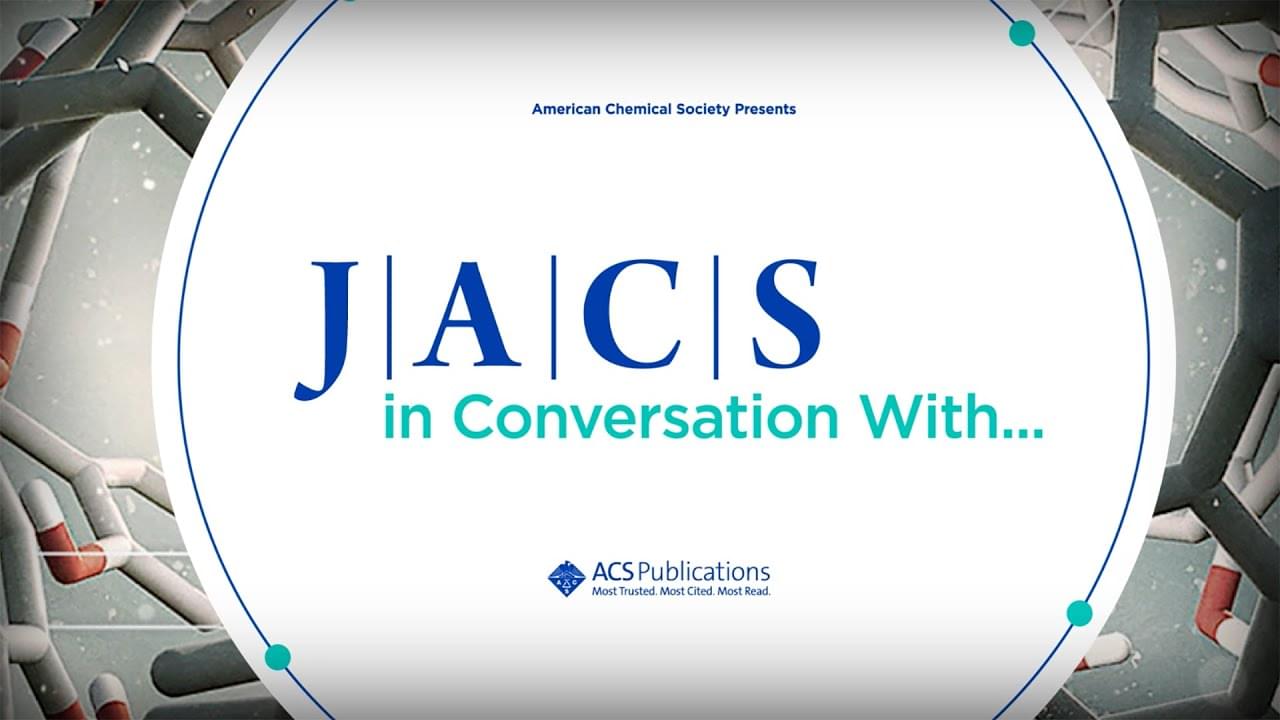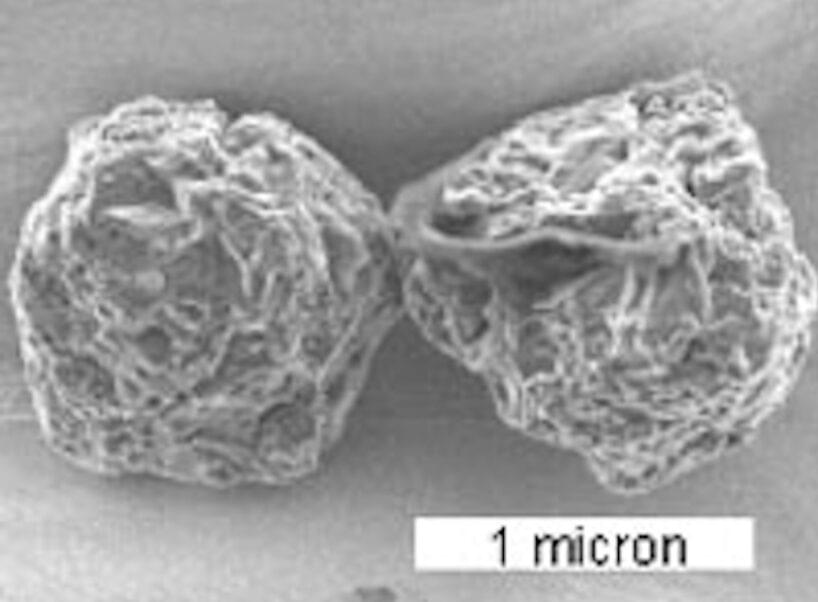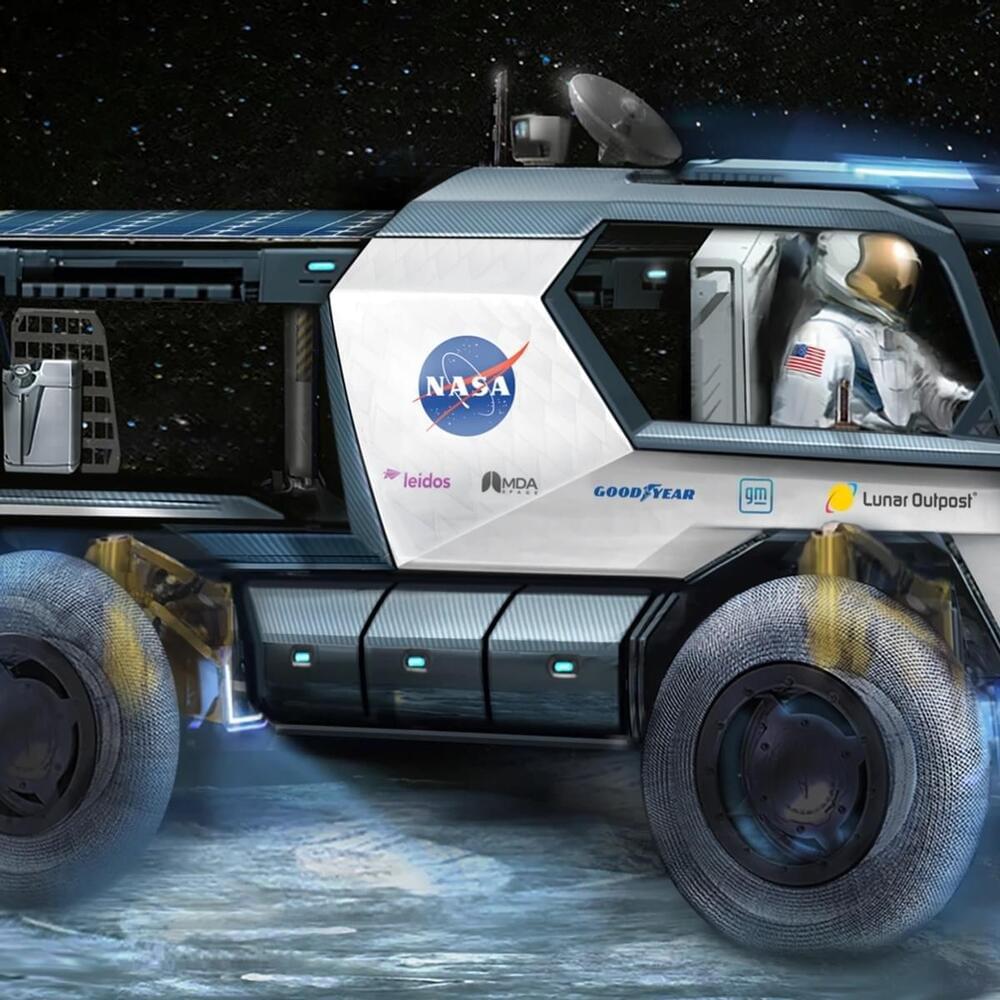Latest posts
Nov 25, 2024
Quantummech.shop (@_quantummech_) • Instagram reel
Posted by Shailesh Prasad in category: quantum physics
118 likes, — _quantummech_ on September 11, 2024: ‘Dr Michio Kaku explains how aliens might be traveling through space’
Nov 25, 2024
A Trick of Light: UC Irvine researchers turn Silicon into Direct Bandgap Semiconductor
Posted by Natalie Chan in categories: solar power, sustainability, transportation
Discovery enables manufacturing of ultrathin solar panels, advanced optoelectronics.
By creating a new way for light and matter to interact, researchers at the University of California, Irvine have enabled the manufacturing of ultrathin silicon solar cells that could help spread the energy-converting technology to a vast range of applications, including thermoelectric clothing and onboard vehicle and device charging.
The development, subject of a paper recently published as the cover story in the journal ACS Nano, hinges on the UC Irvine researchers’ conversion of pure silicon from an indirect to a direct bandgap semiconductor through the way it interacts with light.
Nov 25, 2024
Bright Nights, Dark Days, And Low Greenspace Exposure Are Associated With Poor Health
Posted by Arthur Brown in categories: biotech/medical, genetics, life extension

Join us on Patreon! https://www.patreon.com/MichaelLustgartenPhD
Discount Links/Affiliates:
Blood testing (where I get my labs): https://www.ultalabtests.com/partners/michaellustgarten.
Nov 25, 2024
Learning more about Supernovae through Stardust
Posted by Natalie Chan in categories: evolution, space
Most of the diverse elements in the universe come from supernovae. We are, quite literally, made of the dust of those long-dead stars and other astrophysical processes. But the details of how it all comes about are something astronomers strive to understand.
How do the various isotopes produced by supernovae drive the evolution of planetary systems? Of the various types of supernovae, which play the largest role in creating the elemental abundances we see today? One way astronomers can study these questions is to look at presolar grains.
These are dust grains formed long before the formation of the sun. Some of them were cast out of older systems as a star fired up its nuclear furnace and cleared its system of dust. Others formed from the remnants of supernovae and stellar collisions. Regardless of its origin, each presolar grain has a unique isotopic fingerprint that tells us its story.
Nov 25, 2024
AI Analytics Firm, Pyramid Analytics Secures $50 Million From BlackRock
Posted by Bruce Burke in categories: business, robotics/AI
Pyramid Analytics, an AI business analytics company, said on Monday it has raised $50 million in new financing from BlackRock, the world’s biggest asset manager.
Nov 25, 2024
JACS in Conversation with Professor Vivian W.W. Yam
Posted by Dan Breeden in category: chemistry

🔍 Curious about the secrets behind successful scientific research? Tune in to our interview with Professor Vivian W.W. Yam and learn about her pioneering work in inorganic and organometallic chemistry.
Watch now! 🎬
Nov 25, 2024
AI Is Not Stealing Jobs—It Is Supercharging Software Development
Posted by Shubham Ghosh Roy in categories: employment, robotics/AI
A lot of the hype today centers on the idea of developers using AI “to write their code.” This is not practical, at least not for complex tasks. However, AI does have some strengths:
• Producing first drafts of code.
• Minor code updates.
Continue reading “AI Is Not Stealing Jobs—It Is Supercharging Software Development” »
Nov 25, 2024
Transforming blood into regenerative materials
Posted by Shubham Ghosh Roy in categories: biotech/medical, materials
Nov 25, 2024
Lunar Outpost selects Starship to deliver rover to the moon
Posted by Kelvin Dafiaghor in category: space travel
BREMEN, Germany — Lunar Outpost has selected SpaceX’s Starship vehicle to deliver to the moon the Artemis lunar rover it is developing for potential use by NASA.
The Colorado company announced Nov. 21 that it signed an agreement for SpaceX to use Starship to transport the company’s Lunar Outpost Eagle rover to the moon. The companies did not disclose a schedule for the launch or other terms of the deal.
Lunar Outpost is one of three companies that won NASA contracts in April for the first phase of the Lunar Terrain Vehicle (LTV) program to support the development of a rover that can be used by future Artemis missions. Each company received a one-year contract to mature the design of their rovers through a preliminary design review (PDR), and the agency will later select at least one of the companies to develop the rover.











